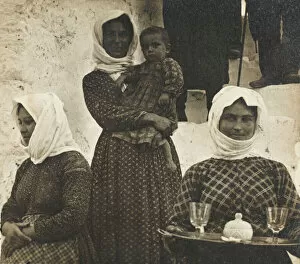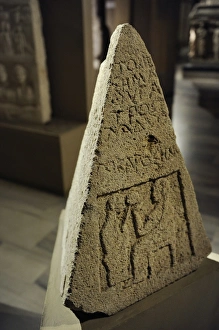Caria Collection
Caria, a region in modern-day Turkey, is steeped in history and rich with cultural heritage
All Professionally Made to Order for Quick Shipping
Caria, a region in modern-day Turkey, is steeped in history and rich with cultural heritage. From the enchanting island of Kos to the captivating city of Bodrum, it offers a glimpse into its fascinating past. In the Ottoman era, women played an influential role in shaping Carian society on the island of Kos. Their stories are woven into the fabric of this land, leaving behind a legacy that still resonates today. Bodrum and its iconic Bodrum Castle stand as testaments to Caria's architectural prowess. This magnificent fortress overlooks the azure waters of the Aegean Sea and serves as a reminder of Caria's strategic importance throughout history. The Forth Bridge lithograph showcases Caria's connection to engineering marvels beyond its borders. It stands as a symbol of innovation and human ingenuity, inspiring generations to push boundaries. Artistic expressions also find their place within Carian culture. "The Moon and Endymion" engraving depicts timeless love while Artemisia II immortalizes herself through her grand construction projects like building Mausoleum at Halicarnassus during Early 1640s. Renowned artists like Simone Pignoni and Rembrandt Harmensz van Rijn have captured Artemisia's essence through their masterpieces, showcasing her power and grace for all eternity. Roman art found in Aphrodisias reveals intricate sarcophagi adorned with garlands depicting women from ancient times. The gladiators depicted in sculptures remind us of fierce battles fought within this ancient Greek city. Caria's archaeological treasures include Pyramidal Grave Stele dating back to the 5th century BC from Sinope—a poignant reminder of ancestral reverence for departed loved ones. One cannot forget about Mausoleum at Halicarnassus' epic depiction: Combat with Amazons—a testament to both artistic skill and historical events that unfolded within these lands centuries ago.































